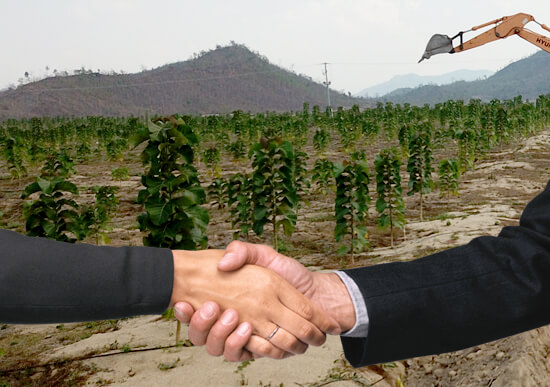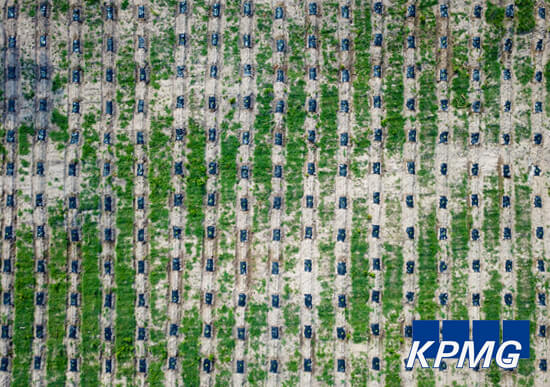The Business mechanism behind the initiative

The business model put forward by the Floresta initiative is based on the initial POC business model, validated by KPMG, with a widened vision and further incorporation of the reforestation scope. The ABC of the initiative is rather simple; create a high yield plantation that will serve as the financial engine, able to provide the required return for the investors, all the while financing the adjacent reforestation initiatives.
With Floresta, investors meet both significant financial and environmental returns. To ensure success in all aspects, the project utilizes a comprehensive economic, ecological and social approach. Employing innovative agro-tech practices along with best management of the natural regeneration of the forest will contribute to the profitability over large scales of operations.
Floresta takes a large piece of land and within it creates a mix of high-end rapid growing Teak wood (approx. 3,5%) and assisted natural regeneration of the existing degraded forest (approx. 90%). Alongside the commercial forest and the reforestation, a portion of the budget will be allocated towards creating a community forest. Local communities will be allocated lands for agro-development that is in line with the project’s concept, growing fast growing forestry species such a eucalyptus or acacia. The returns from the community forest will go back to the community allowing for repeating cycles, further development, and eventually the mitigation of illegal logging.
How is it all done

The initiative in figures